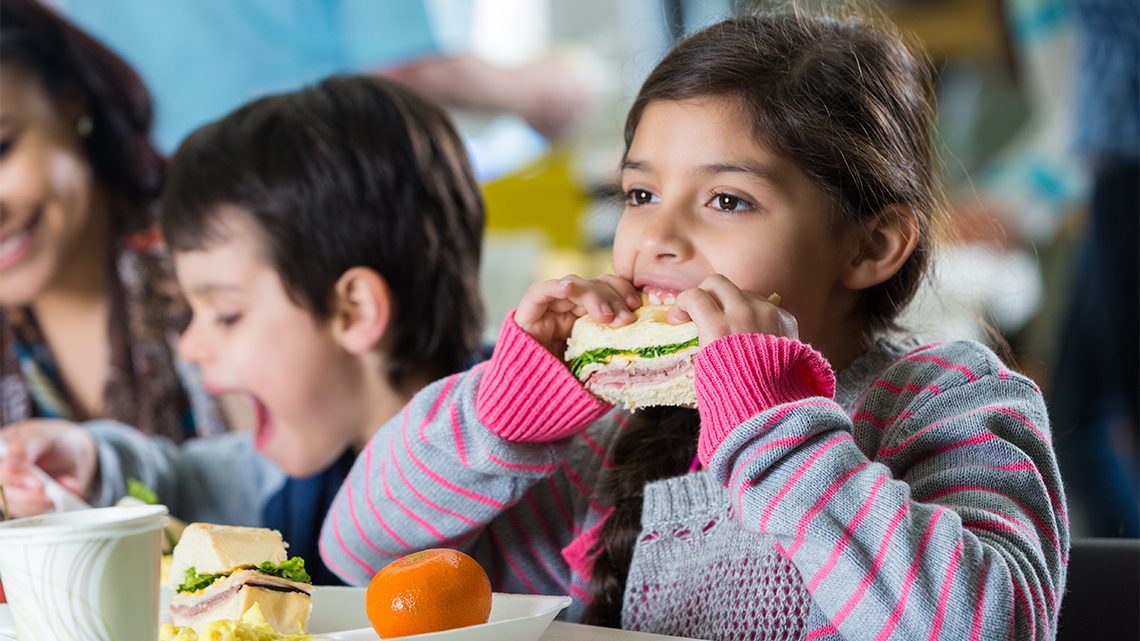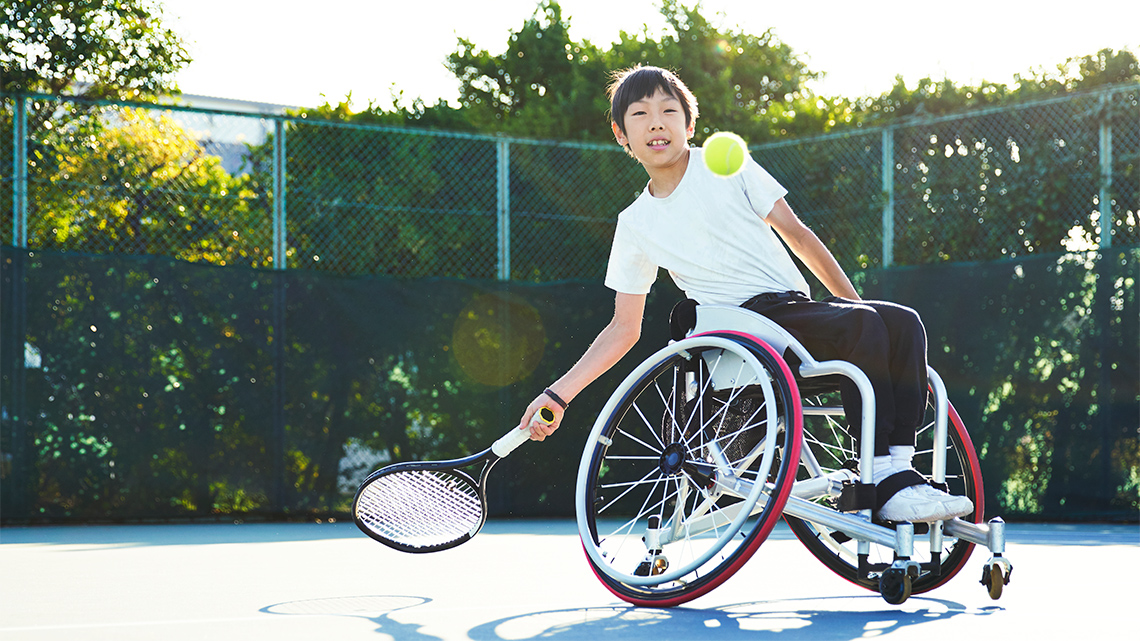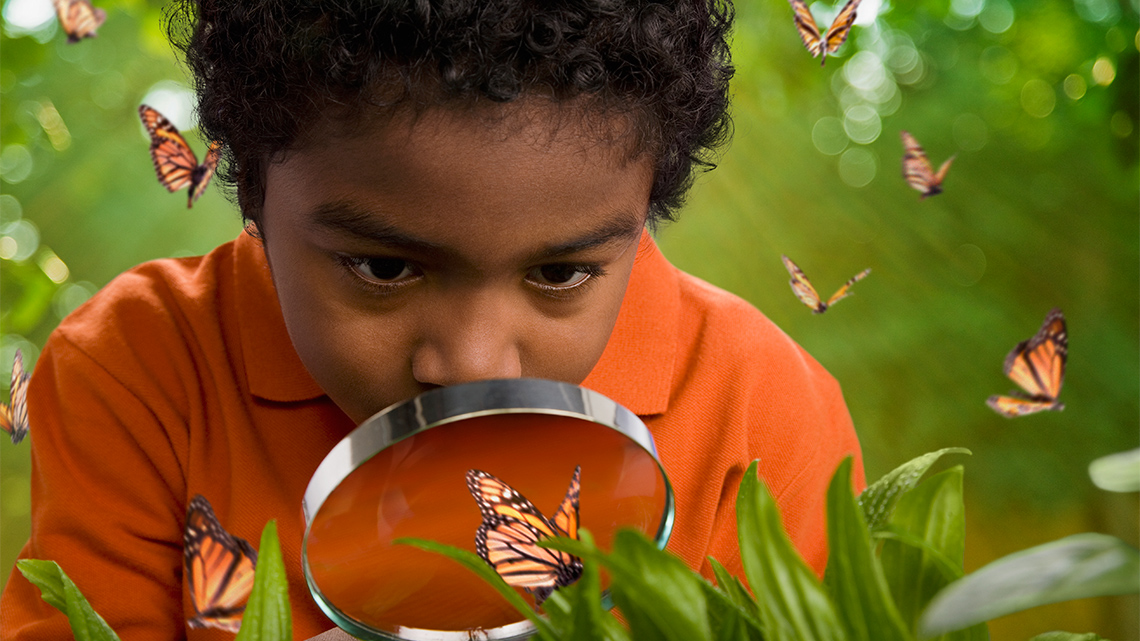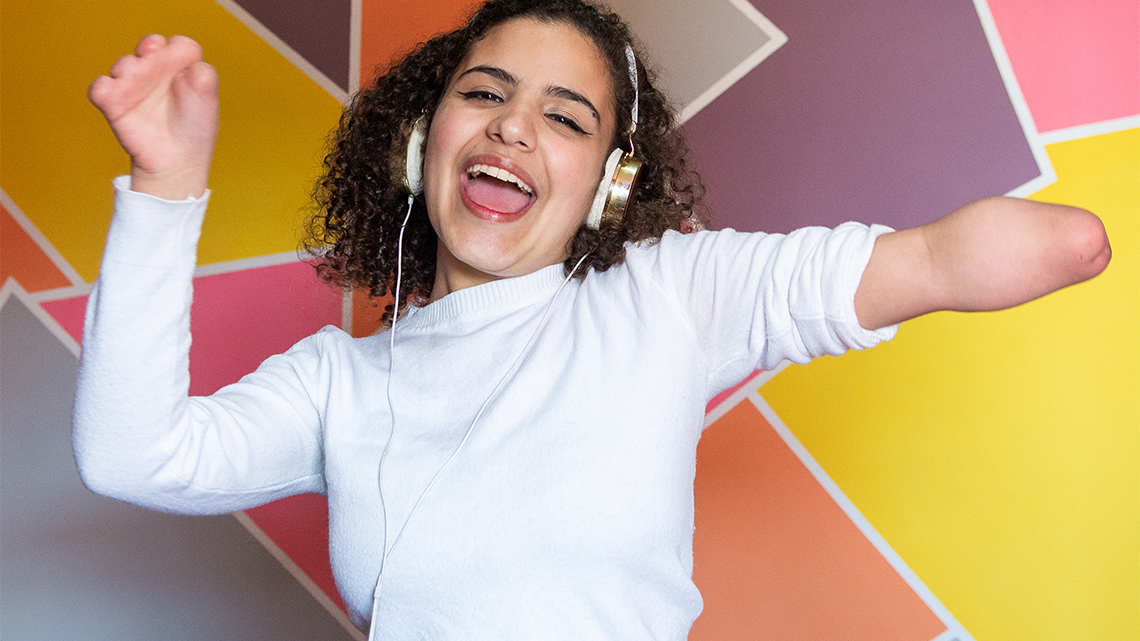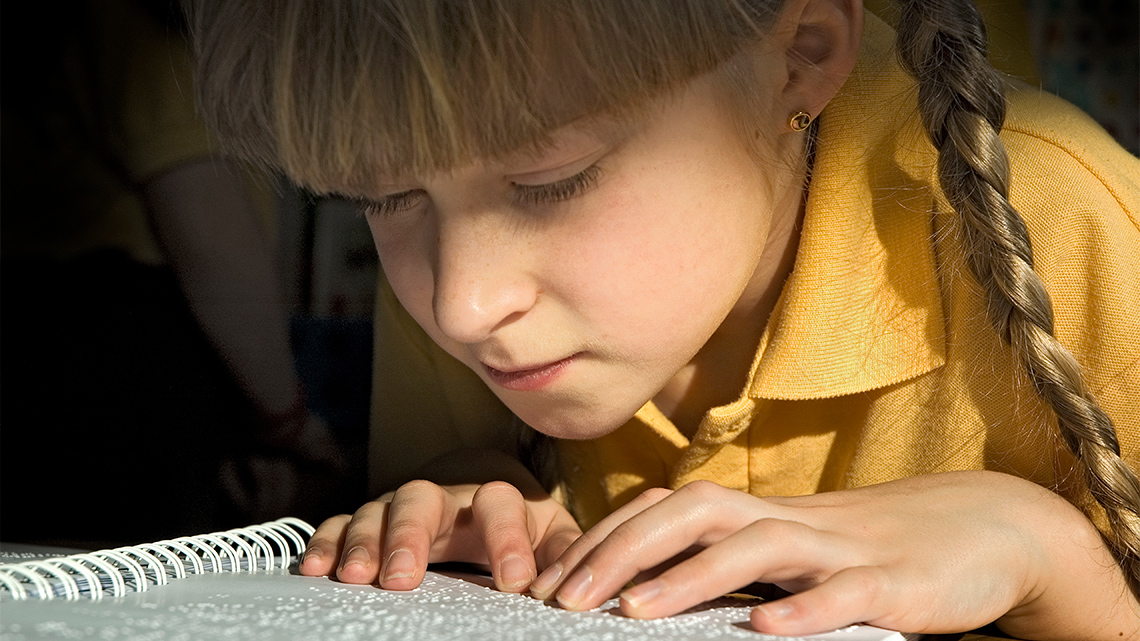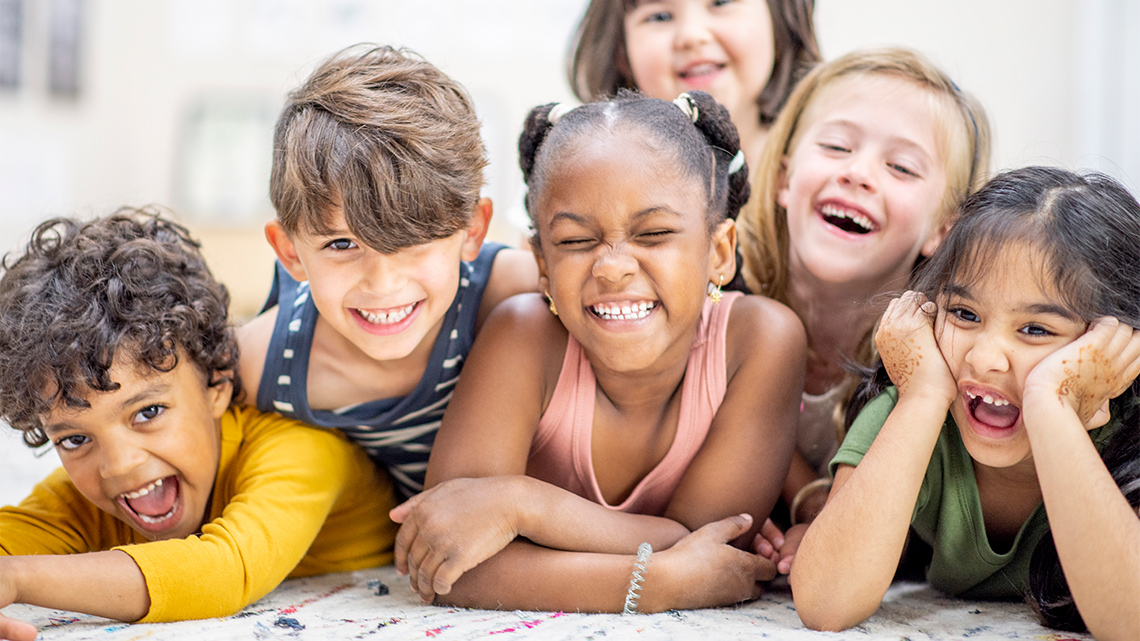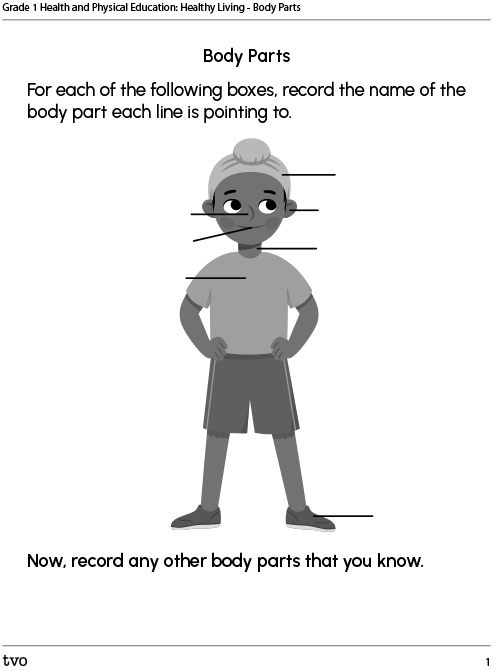Minds On
Bodies
All of our bodies are unique. Bodies can be many different shapes and sizes.
Explore the following ABC Kenny G video entitled “Body Parts” to learn about different parts of the body.
Brainstorm
My body
- What parts of your body do you already know?
- Are there parts of your body that you want to know more about?
If possible, share your ideas with a partner. You can also record your ideas on paper, on a computer, or as an audio or video clip.
Explore the images and descriptions of some ways that people can use parts of their bodies.
Action
Body parts
It is important to know the proper names for the different body parts. Knowing the proper names for body parts helps us to take care of our bodies.
Sometimes you need to tell a parent, guardian, or doctor about a feeling that you have in your body. It can help them to understand what you are feeling if you use the proper names for body parts.
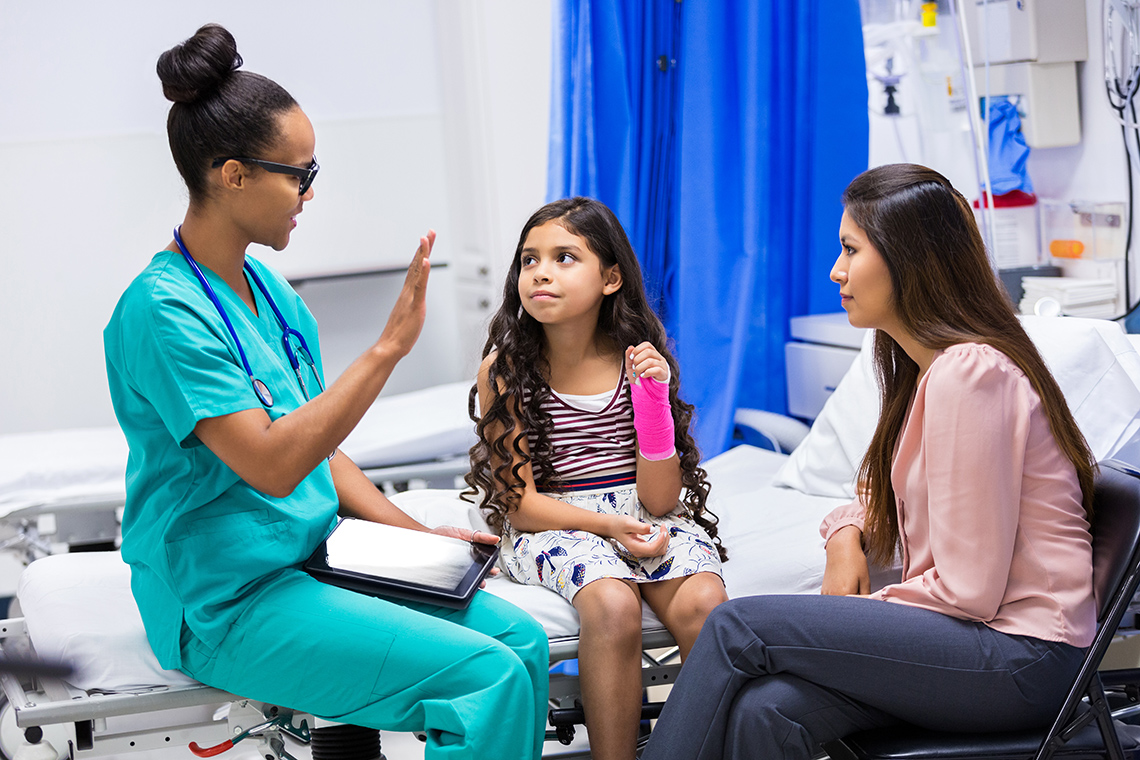
How many different body parts do you know?
Complete the Body Parts activity in your notebook or using the following fillable and printable document. If you would like, you can use speech-to-text or audio recording tools to record your thoughts.
When you are finished with your Body Parts activity, press ‘Answers’ to explore the answers.

A front and back view of a child with body parts labelled. The head is on the top of the body. Ears are on the side of the head. The nose is on the front of the head, between the ears. The mouth is on the front of the head, below the nose. The neck is below the head. The chest is on the front of the body, below the neck. Arms are on the sides of the body. The back is on the back of the body, below the neck. Hips are on the sides of the body, below the back. Buttocks are on the back of the body below the hips. Legs are below the buttocks. Feet are below the legs.
Some other body parts include:
| Hair | Forehead | Eyebrow |
| Eye | Cheek | Lips |
| Teeth | Tongue | Chin |
| Shoulder | Stomach | Elbow |
| Hand | Finger | Waist |
| Knee | Ankle | Toes |
Respecting bodies
Every person’s body is unique. It is important to treat your body and other people’s bodies with respect.
Some areas of the body are private and should always be respected. One of these private areas are a person’s genitals.
- Do you know the proper name for the genital area of people who are assigned female at birth?
- Do you know the proper name for the genital area of people who are assigned male at birth?
Press ‘Answers’ to explore proper names for the genital area of the body.
- People who are assigned female at birth have a vagina.
- People who are assigned male at birth have a penis.
Consolidation
Talking about our bodies
We should always talk about body parts with respect.
This means using the proper names for body parts. It also means only talking to people that you trust about private body parts and feelings.

Student Success
Think-Pair-Share
- Why is it important to know about your own body?
- Why is it important to use the proper names for your body parts?
If possible, share your ideas with a partner. You can also record your ideas on paper, on a computer, or as an audio or video clip.
Note to teachers: See your teacher guide for collaboration tools, ideas and suggestions.
Reflection
How do you feel about what you have learned in this activity? Which of the next four sentences best matches how you are feeling about your learning? Press the button that is beside this sentence.
I feel…
Now, record your ideas about your feelings using a voice recorder, speech-to-text, or writing tool.
